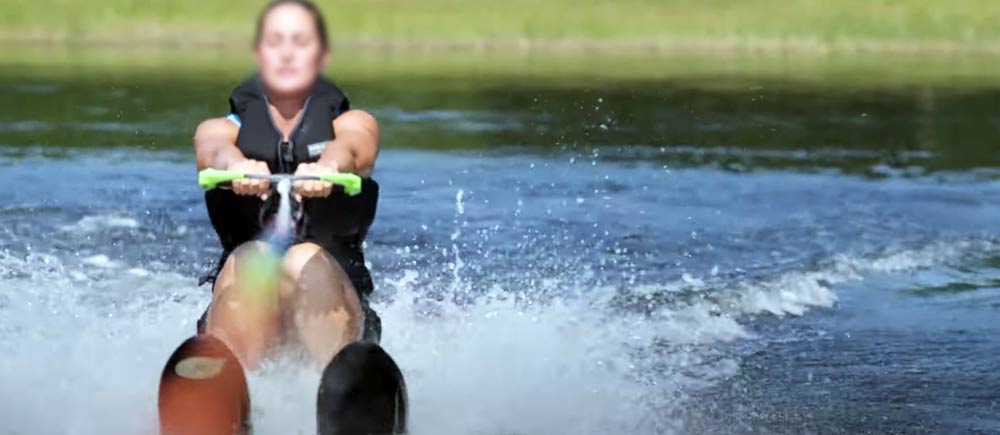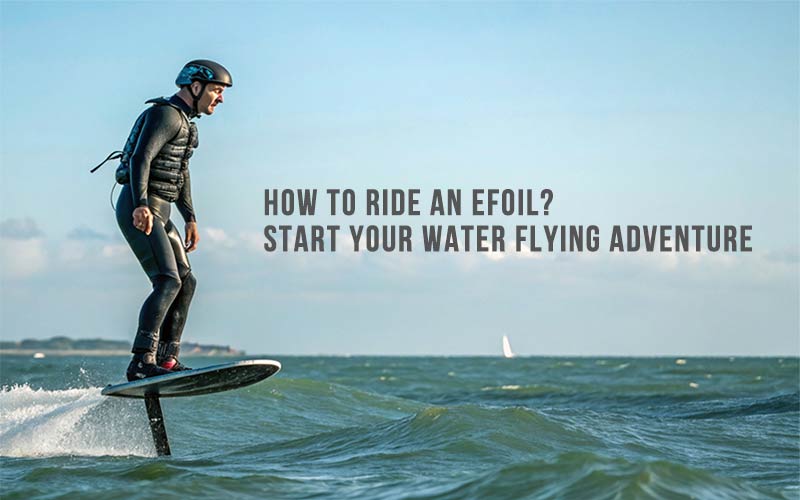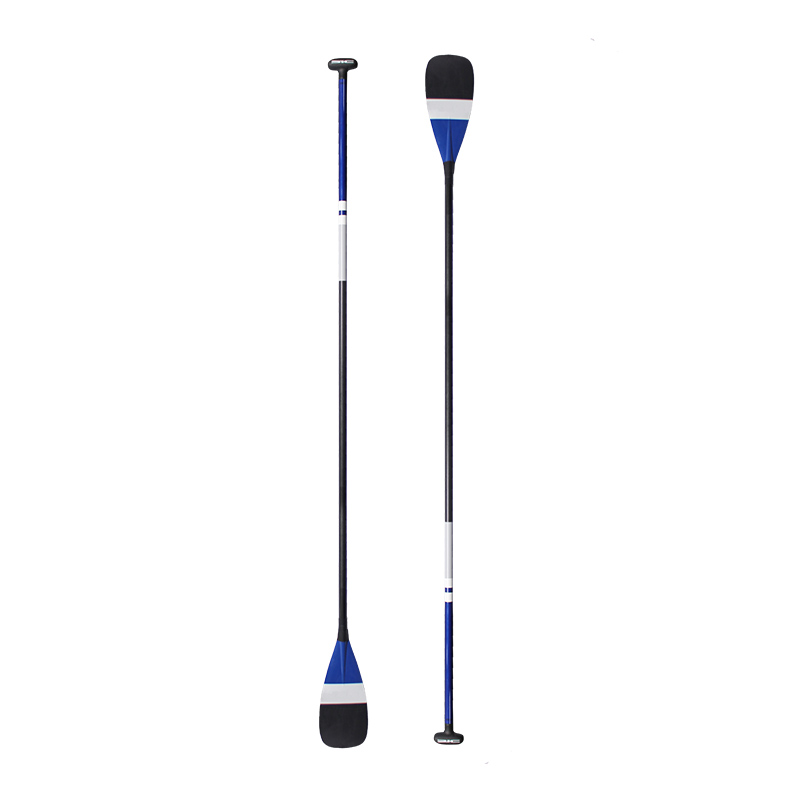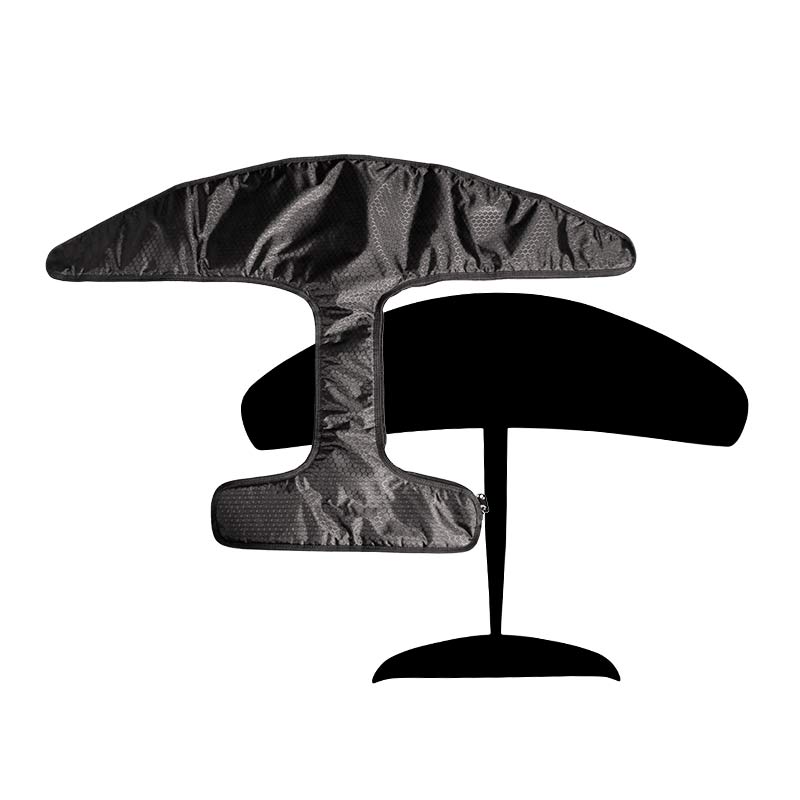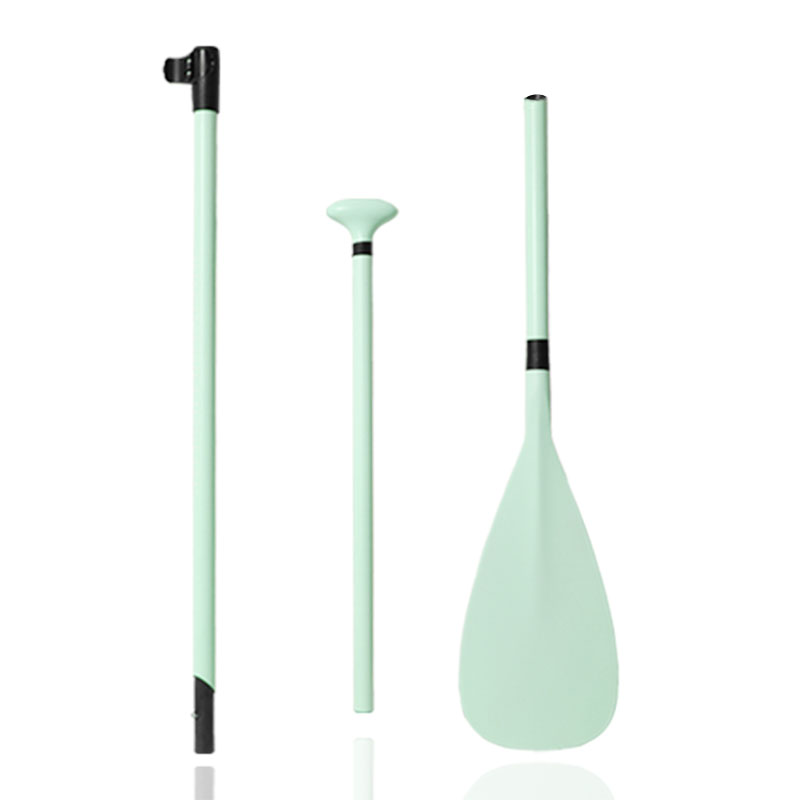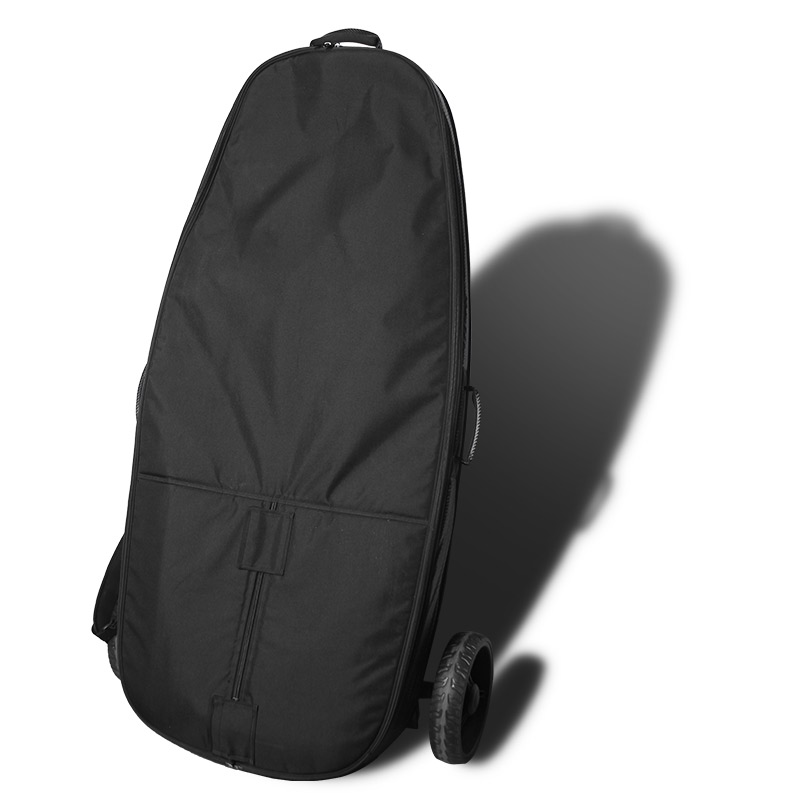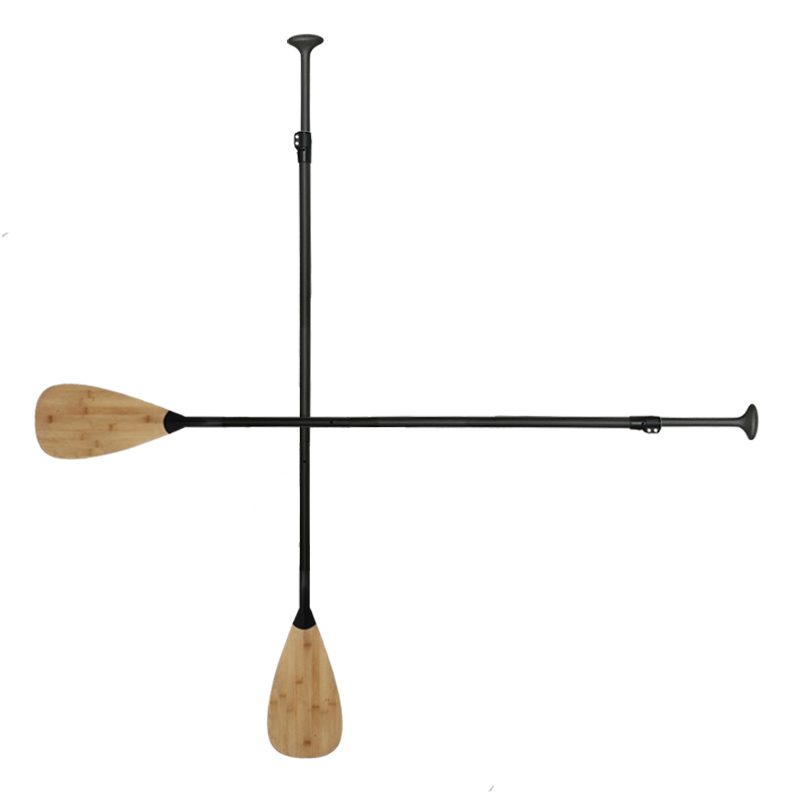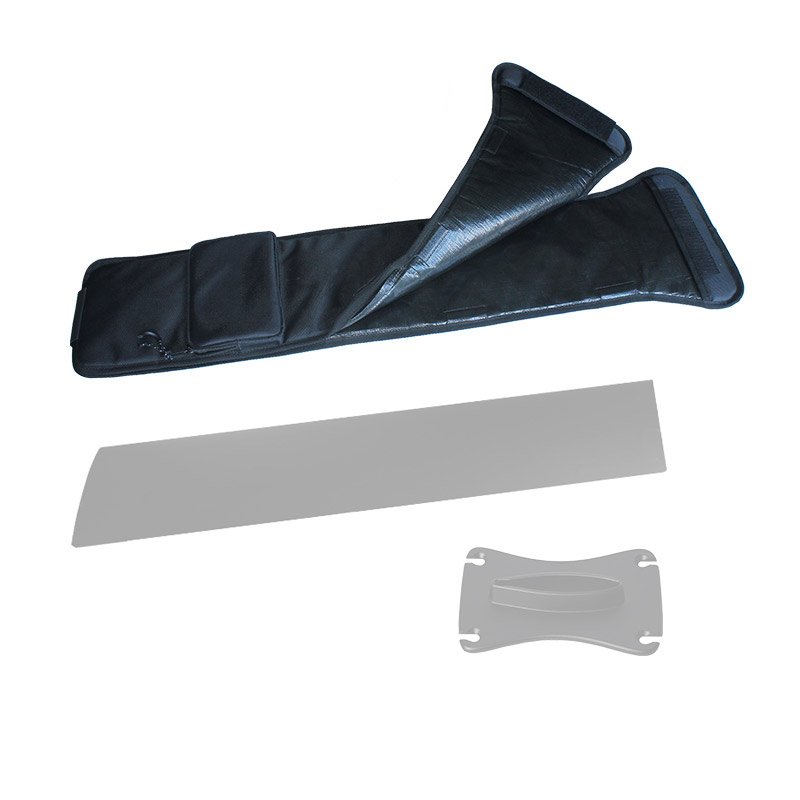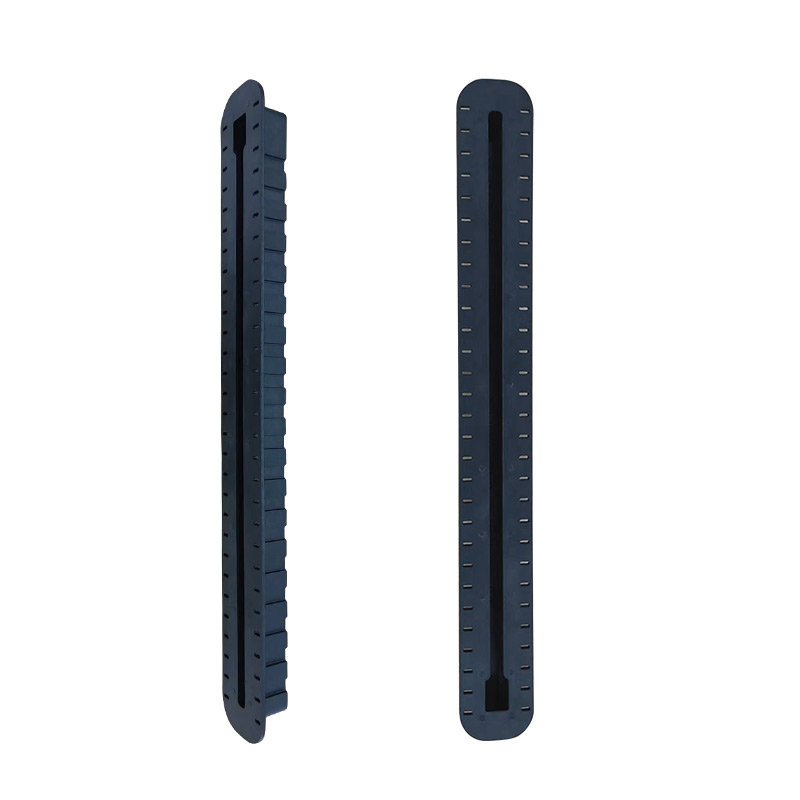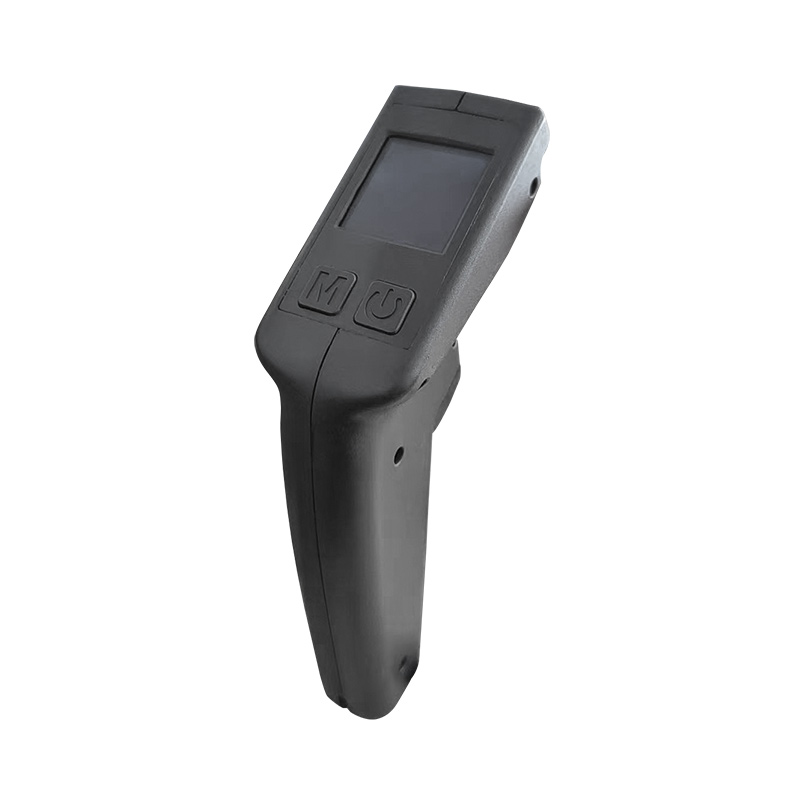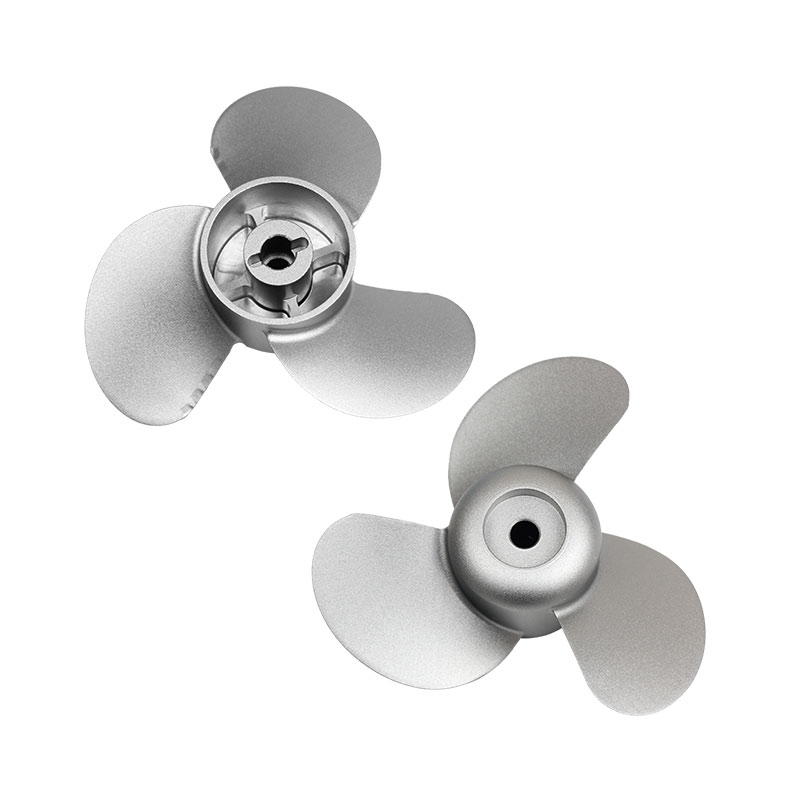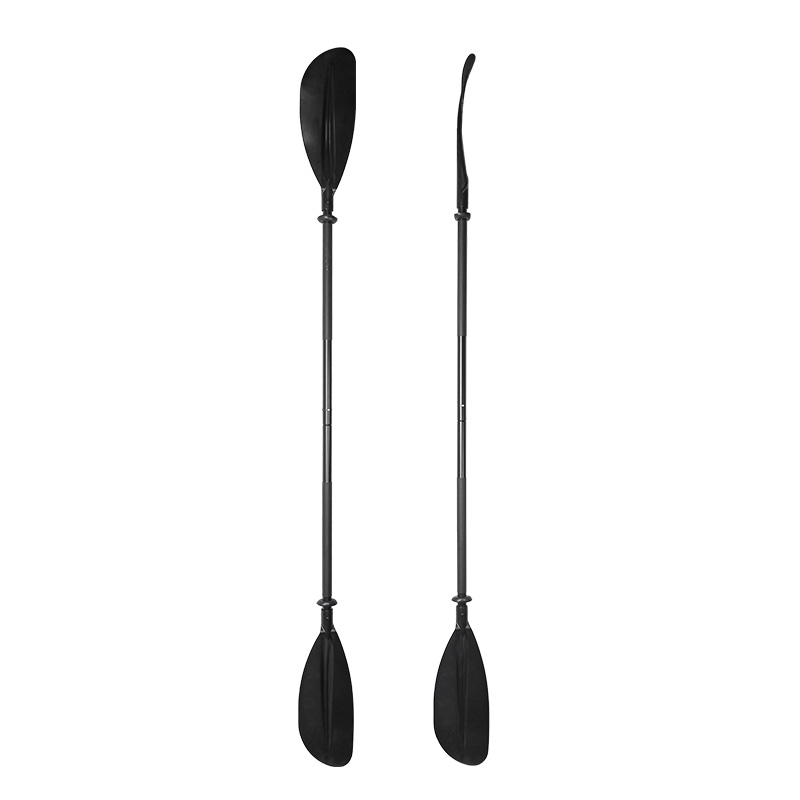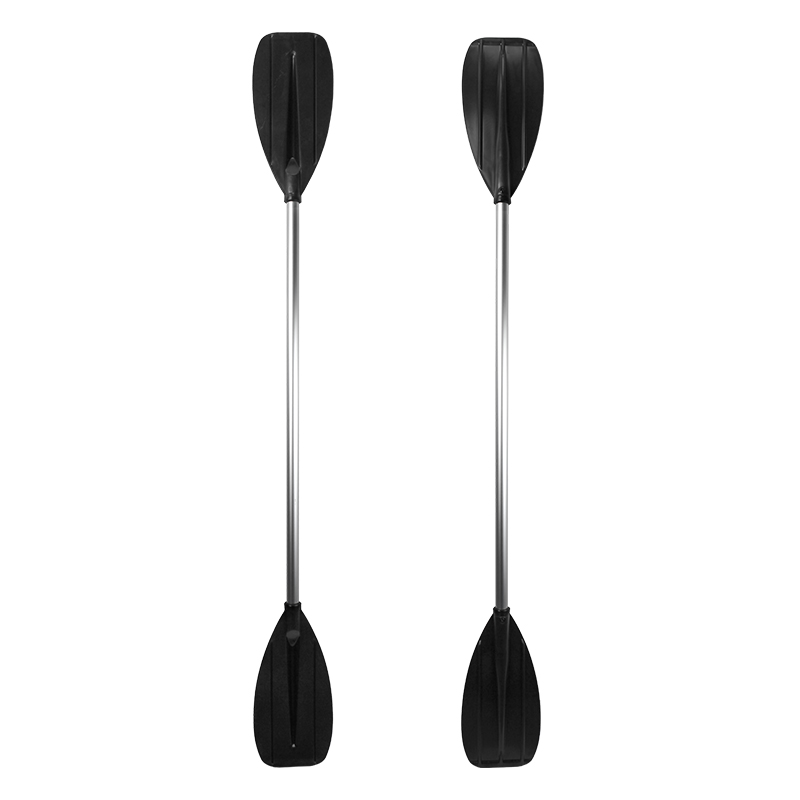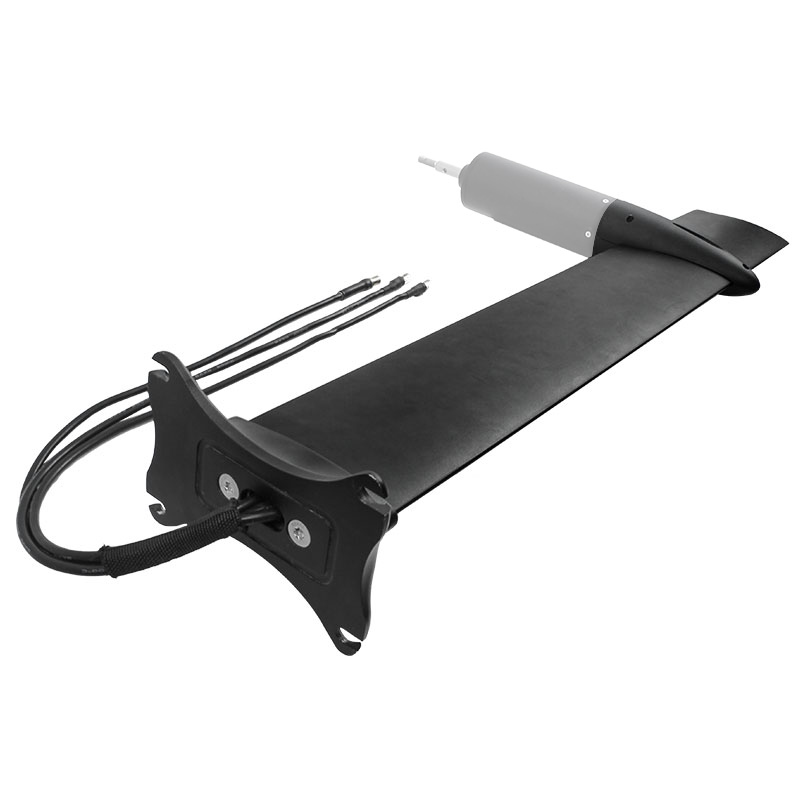Paddleboard sport, commonly referred to as SUP, translates directly to “a board for standing and paddling.” In Hong Kong, it’s often called a “stand-up board.” Some people mistakenly think it’s a surfboard, a kayak, or even a rubber boat, but that’s not the case. And this guide will tell you everything!
Paddleboard sport originated in the 1960s in Hawaii as paddleboard surfing. In recent years, it has gained global popularity, becoming one of the most popular water sports today! The sport is simple, and versatile, and can be done lying down, kneeling, sitting, or standing, with the option to jump into the water at any time.
Paddleboard Sport has gradually become popular in the world in recent years. Due to its high participation and low barrier to entry, even beginners can quickly get the hang of it. The sport is suitable for people of all ages, from children to the elderly, and even your pet dog can join in the fun. SUP boards are generally wider and thicker, providing more buoyancy, which makes it easier for players to maintain balance. Equipped with a paddle, you can enjoy the fun of paddling on various bodies of water. If you are interested in wholesale or custom SUP paddles, welcome to contact us. Thank you.

Safety in SUP Paddleboard Sport
Every sport carries risks, but as long as you manage those risks, SUP paddleboard sport is a very safe activity.
- Always wear your life jacket, check your equipment for integrity, and secure your leash before getting in the water.
- Paddle in safe waters, avoiding rapid currents, rocks, boats, and other hazardous areas.
- Paddle with companions.
- Know your paddling abilities; beginners should choose calm waters in suburban areas and paddle with a professional instructor.
SUP Paddleboard Sport Equipment
A complete set of SUP Paddleboard Sport equipment includes:
- SUP Board: Boards come in different types like ALL-ROUND (versatile), SURF, TOURING, RACING, YOGA, and Inflatable, depending on your needs.
- Fin: The fin enhances water control and stability.
- Paddle: The paddle should generally be 15-20 cm taller than the user.
- Leash: The leash connects you to the board, making it easier to get back on the board if you fall in and providing some level of safety with the board’s buoyancy.
- Life Jacket: Check that all functions are intact before getting in the water—safety first!
Board Types
When choosing a SUP board, consider where you’ll be paddling, whether it’s for leisure or racing and whether you’re a beginner or an expert.
- Short Boards (under 2.8 meters): Ideal for surfing. Short boards are more maneuverable than long boards. Children’s surfboards are generally under 2.4 meters.
- Medium Boards (2.8-3.7 meters): The ideal size for versatile boards. Suitable for gliding on lakes or simple surfing in the ocean.
- Long Boards (3.8-4.3 meters): Suitable for racing and long-distance paddling. Long boards are faster than short or medium boards and easier to paddle in a straight line. If you’re interested in racing or long-distance paddling, you’ll need a long board.
- Wide Boards (80 cm or wider): More stable and easier to stand on, but slower than narrower boards.
- Narrow Boards (74-76 cm): Faster than wide boards, but less stable.
Paddleboard Sport FQA

Q1: Is Paddleboard Sport Safe?
Safety in outdoor activities involves people, equipment, and the environment. SUP is a very safe water sport, with professional instructors leading and managing the group to ensure safety. SUP originated from surf teaching and rescue, making it inherently a safety device. Instructors will ensure activities are conducted in safe water conditions.
Q2: Can I do Paddleboard Sport if I can’t swim?
What if I’m afraid of water? Is it easy to fall in?
Absolutely! You’ll wear a life jacket the entire time, and the instructor will be there to guide you. If you’re afraid of water, you can start by wearing a life jacket and leash properly, learning SUP paddleboard sport skills, and staying near the instructor.
Begin with simple activities, and the encouragement from teammates can help. SUP is a sport that requires balance, and it’s very water-friendly. If you don’t want to get wet, you can paddle while sitting or lying down—there are many ways to enjoy it. With practice, you’ll quickly master balance and be able to stand up and paddle confidently in about 30 minutes.
Q3: What age is suitable for SUP Paddleboard Sport?
Can children participate?
SUP is a broad-reaching sport, suitable for anyone who is healthy and capable of outdoor activities. People aged 6 to 65 can independently enjoy SUP. It’s a very popular activity for teenagers. Children under six should participate under the supervision of a parent.
Q4: What should I prepare for SUP?
Bring a change of clothes, a sun hat, a sun protection outfit, flip-flops or water shoes, and snacks and water for energy. It’s also advisable to bring a waterproof phone case, floating sunglasses strap, towel, and sunscreen. Make sure to get a good night’s sleep before the activity, and avoid staying up late or drinking heavily.
Q5: When is Paddleboard Sport not suitable?
SUP is a sport and is not suitable for those with certain medical conditions (e.g., cardiovascular disease, heart disease, asthma, high blood pressure) to participate in. Women during menstruation or pregnancy, as well as those who have stayed up late or consumed alcohol, should also avoid outdoor activities. Safety comes first.
Q6: Do I need to be highly skilled to do SUP?
This is a misconception. Before each activity, the instructor will conduct 10-20 minutes of onshore training. After the training, you can start paddling. Even children can master the balance within half an hour. In short, SUP is a very beginner-friendly sport.
Q7: I can swim—do I still need to wear a life jacket?
Absolutely! A life jacket is essential for preventing accidents. Even strong swimmers can face unexpected situations. The life jacket ensures maximum safety on the water and must be worn at all times. Respect nature, prioritize safety, think of the team, and be responsible for yourself!
Q8: Is SUP an extreme sport? Is it dangerous?
SUP is not considered an extreme sport. The level of danger depends on the water conditions. If you paddle in calm waters, the risk is low. However, paddling in the ocean or rapids carries some risk. As long as you follow SUP rules and listen to your instructor’s guidance, it’s unlikely that you’ll encounter dangerous situations.
SUP and Surfboards

Appearance: Surfboards typically range from 5 to 9 feet and are lighter for increased maneuverability and flexibility, designed for riding waves. SUP boards are usually 10 to 14 feet long, longer, wider, and heavier, designed for better stability on the water, making it easier to catch waves.
Usage: Surfboards are generally used by sitting or lying down while waiting for waves, paddling with your hands, and standing up to ride the wave or turn based on shifting your body weight. SUP boards allow you to stand, sit, or kneel while using a paddle to move.
Material and Shape: Surfboards are typically made of wood, fiberglass, carbon fiber, and other materials. SUP boards can also include inflatable models and various shapes designed for different activities.
Conditions for Use: Surfing requires waves. Paddleboard Sport, on the other hand, can be done without waves by using the paddle for acceleration, combining long-distance paddling with surfing. It can even be done in inland rivers, lakes, and swimming pools.
Play Styles: Beyond surfing, Paddleboard Sport has evolved into activities like SUP yoga, SUP racing, and SUP fishing. There are plenty of other ways to enjoy SUP—it’s all about discovering new ways to have fun!
When it comes to surfing, it’s all about excitement and adrenaline, requiring advanced skills to ride the waves. It often takes multiple attempts to master balance and techniques. SUP, with its unique board shape and size, combined with paddling, lowers the difficulty level, allowing beginners to experience the thrill of riding the waves!


